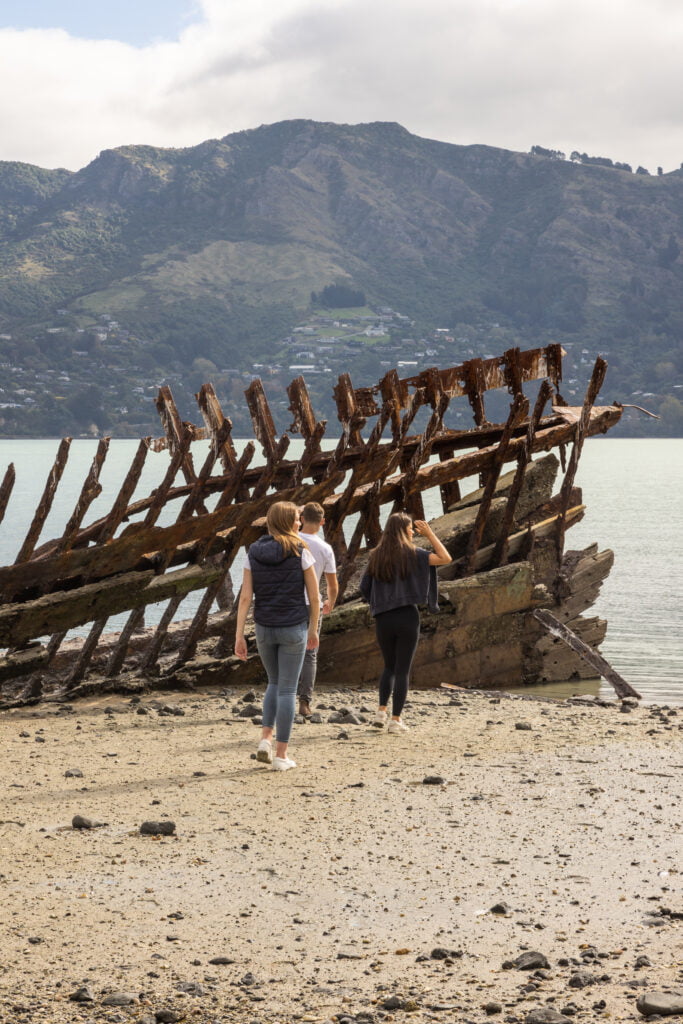Quail Island escape
Christchurch’s very own island escape is waiting for you. Spend a fascinating full or half-day exploring Quail Island by taking our Quail Island ferry.
Named after the now extinct native Quail (koreke) by Captain William Mein Smith, the island was originally used as a quarantine station and as a small leprosy colony by the early European settlers.
At the same time as the lepers were confined to their one small bay, Antarctic explorers, Scott and Shackleton took advantage of the island to train their sled dogs and ponies before setting off on their ill-fated voyages. The last polar explorer to quarantine dogs on the island was American Commander Byrd, whose huskies were interned on the island between 1928 and 1930.
From 1934 till 1975 Quail Island was leased out for farming, and then converted to a recreational reserve. Today the focus is on restoring native vegetation and the island is home to many native flora and fauna as well as native birds including the fantail, kingfisher, silvereye and many sea birds including the rare white flippered little blue penguins.
Take your lunch and swimming costumes with you for a great family day out.
Staying on Quail Island
If you wish to have an overnight adventure on Quail you have two options, both need to be booked in advance through the DOC Website.
The Ōtamahua Hut, Originally built between 1910 and 1920 as the island Caretaker’s cottage, has now been transformed into a 12-bed hut.
Book HutCamping is newly available on the Island. You have two beaultiful site options, Whakamaru Beach or Skiers Beach
Book Camping






